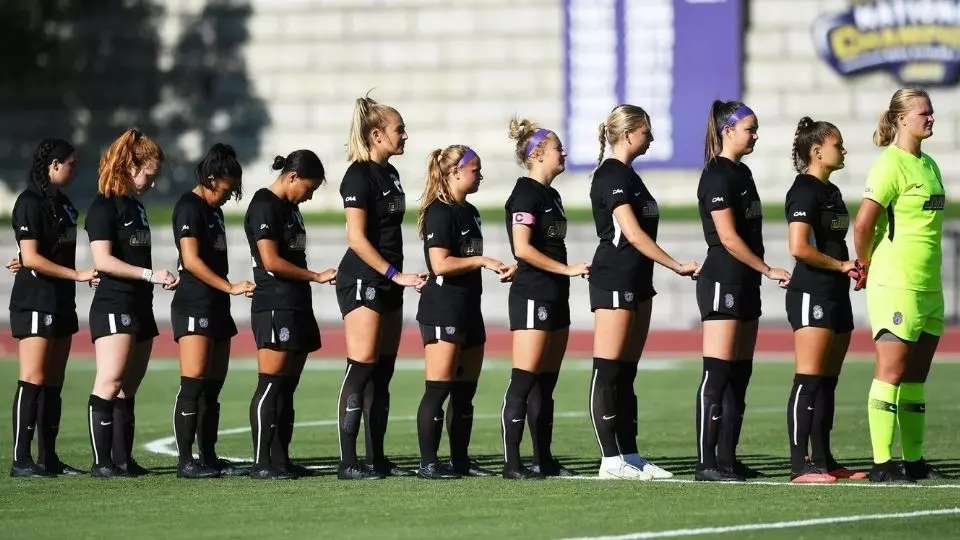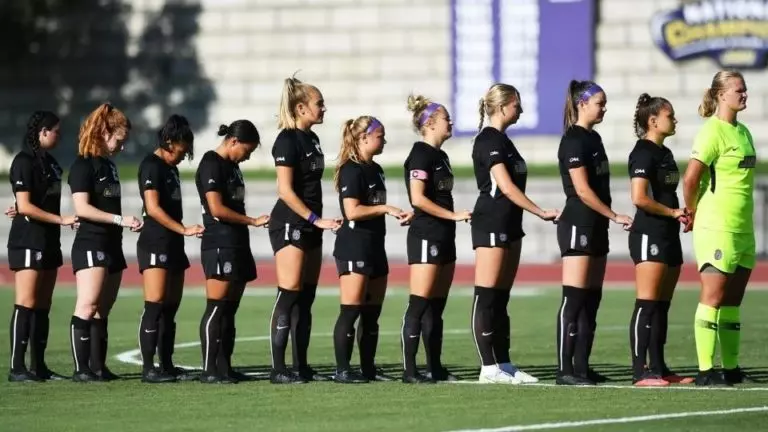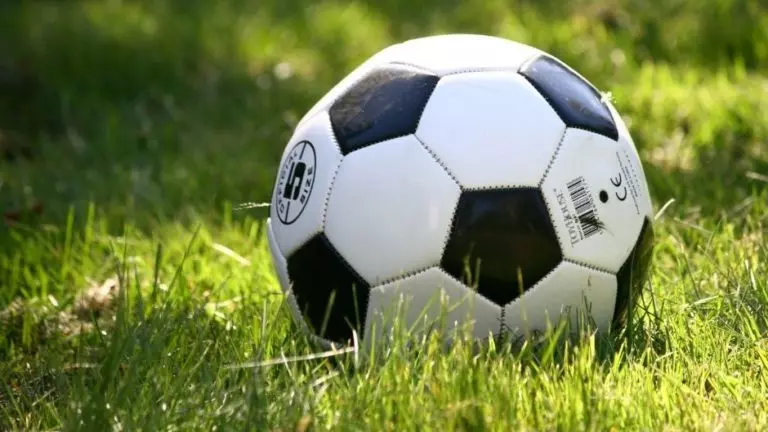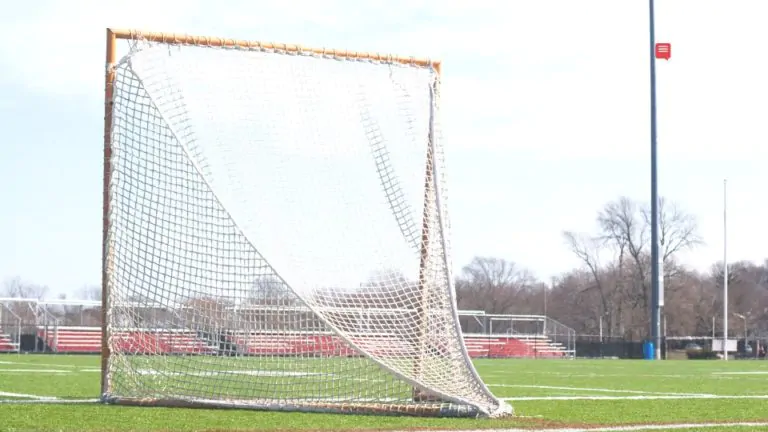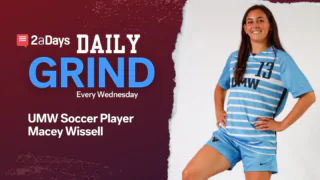Come back every Monday for Coaching Staff's Advice on the college recruiting process, what they look for in athletes, and what to expect as a college athlete.
Leah Schoen is the current athletic trainer for the women's soccer team at James Madison University. Joining the sports medicine staff in 2013, Schoen has ample experience in the athletic training field, working previously at the University of Central Florida with their women's soccer team and being a part of the US Soccer National Team Athletic Trainer Pool. Schoen works with soccer players' injuries, short- and long-term, everyday. Women's soccer players are susceptible to ACL tears and concussions; Shoen explains the keys to being prepared and avoiding injuries, and how to have a successful recovery.
What are the most common injuries you see?
The most common injuries I see on our women's soccer team at JMU are knee injuries and ankle sprains. Knee injuries include things like ACL and meniscus tears, tendonitis, etc.
Related: A College Athlete's Injury: Tearing My ACL
What do you recommend for incoming athletes to prevent injury and stay healthy?
They need to make sure they come in strong and fit. They will need both of those in order to be successful during preseason, but also to withstand the entirety of soccer season.
How has your return to play protocol for athletes who are unable to play evolved over the years?
To recover from various leg (knee, ankle, etc) injuries with the newest technology out there, the anti-gravity treadmills have helped assist in return to play allowing the athletes to run sooner. Also the use of the GPS units and having baseline data has helped to help understand where the athletes are fitness wise and how much they need to be recovering.
Related: Get a Kick out of Former UNC Soccer Player & Current NWSL Athlete's Recruiting & Injury Advice
Are there any metrics or tools you use to evaluate athletes' fitness?
Using GPS units you can see total distance, high intensity distance, and high intensity sprints. Again, this allows [us] to see the workload an athlete is exerting and can build a recovery plan necessary to fit that athlete's needs. This also helps with knowing what different positions should do, you can use the GPS system to see that.
What techniques have you added to your expertise to help people prevent or recover from injuries?
Dry needling and blood flow restriction. Adding these two techniques has helped me give athletes a broader range of possible recovery methods to help aid their injuries.
What are the greatest difficulties about traveling with the team and ensuring that athletes are recovering?
The hardest part about traveling is that we do not have an athletic training room to use with all our equipment. This requires us to do more stretching, using the massage gun, foam rolling and the portable Stim machine compared to when we are home where we can use anything we have available.
How important is communication in a trainer-athlete relationship?
Very important. Without constant communication, as an athletic trainer we are unable to know what is bothering the athlete and to what extent. I can't read an athlete's mind, so it's crucial for them to have an open and honest conversation with me so they can be healthy and stay on the field.
Related: When to See Your Athletic Trainer
Does your approach change in-season vs out of season?
In season, you don't have much time to rest, so you want to make sure you are helping the athletes recover whether that be cupping, rolling out/stretching or using the Normatec boots. Out of season you have more time for strengthening, therefore it's easier to revisit in-season injuries to ensure they don't happen again. For example, we can revisit ankle sprains to fully strengthen the area so it's not prone to reinjury.
Have you ever dealt with athletes who were unhappy in their situation, or struggling with mental health? How did you handle the situation?
Yes, I helped with making sure we have a good relationship where we can understand what is going on and then refer to a psychologist. Being able to create that strong relationship ensures that they are honest with what is going on, it's hard to help if they aren't able to talk to you.
Related: 3 Mental Wellness Tips for Athletes
Have a story idea or know an awesome coach/staff member we should interview? Email us at [email protected]
* Originally published on February 14, 2022, by Andrea Leitner
